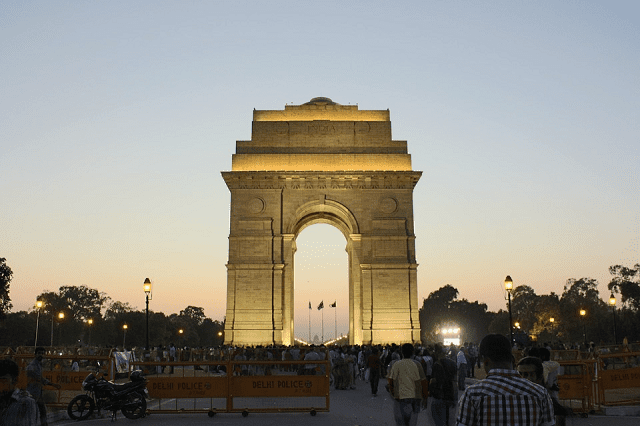
Everything you wanted to know about commodity trading.
Live India Debt Clock Reflects Surge in Debt-to-GDP Ratio Due to Covid-19
₹ 204,141,420,190,577Source: Indian Government Data
Last Updated: August 30, 2024
Disclosure: Your support helps keep Commodity.com running! We earn a referral fee for some brokers & services we list on this page. Learn more.
Interest Payments Per Year $123,411,495,464 Interest Payments Per Second National Debt Per Citizen Debt as % of GDP GDP Of India $2,569,548,230,349 India Population 1,380,000,000In this post, we take a closer look at India’s national debt, how it’s managed, and what types of Indian government securities are on sale.
The national debt of India is the money owed by India’s federal government, which is based in New Delhi. The debts of India’s states and local governments are not counted as part of the country’s national debt.
According to the International Monetary Fund , India’s debt-to-GDP ratio was around 89.3 % in 2020. This was considered a huge jump due to Covid-19 spending after the country managed to keep the ratio stable at around 70% for almost twenty years.
The ultimate guarantor of India’s national debt is the central Indian government, with the name “Government of India” printed on each bond as the issuer.

In many countries, the government’s finance department/ t reasury is responsible for issuing bonds and managing debt. However, in India, things are a little different. The Indian national debt is managed by the country’s central bank.
The Reserve Bank of India (RBI) is entirely owned by the Indian central government and it is tasked with managing the national debt and also the money supply. I t’s also the country’s lender of last resort.
The RBI operates a series of regional banks, much in the way that the Federal Reserve is organized in the United States.
However, only the RBI’s headquarters in Mumbai issue government securities. The national debt is managed by a bank division, called the Public Debt Office (PDO).
The Reserve Bank of India raises debt for the Government of India through a range of instruments, which the RBI calls “G-Secs”. This term is short for “government securities” and has become common parlance in the Indian financial services community.
The instruments that the PDO issues fall into the following categories:
The RBI also issues other debt instruments on behalf of nationalized companies and state and local governments.
Government securities are issued on specific dates of the calendar and in specific sales formats according to the type of security. The schedule is updated and published on the RBI website.
All sales of government securities are conducted through the online trading platform, E-Kuber, which is owned by the RBI and used for the initial offerings of public sector securities.
Another section of the E-Kuber system manages the secondary market for bonds. This is called NDS-OM.
You have to register in order to use E-Kuber. Those people and institutions that have access to the system are called “primary members” (PMs).
Institutions that have the right to buy bonds on behalf of customers are called “primary dealers” (PDs).
The major holders of Indian bonds, and therefore, the owners of India’s national debt ranked by the magnitude of their holdings is:
Interested in trading Indian commodities? Start your research with reviews of these regulated brokers available in .
Loading table.CFDs are complex instruments and come with a high risk of losing money rapidly due to leverage. Between 74%-89% of retail investor accounts lose money when trading CFDs. You should consider whether you can afford to take the high risk of losing your money.
Also see our guides on stock, CFD, and commodity brokers to find out which online trading platforms are available in .